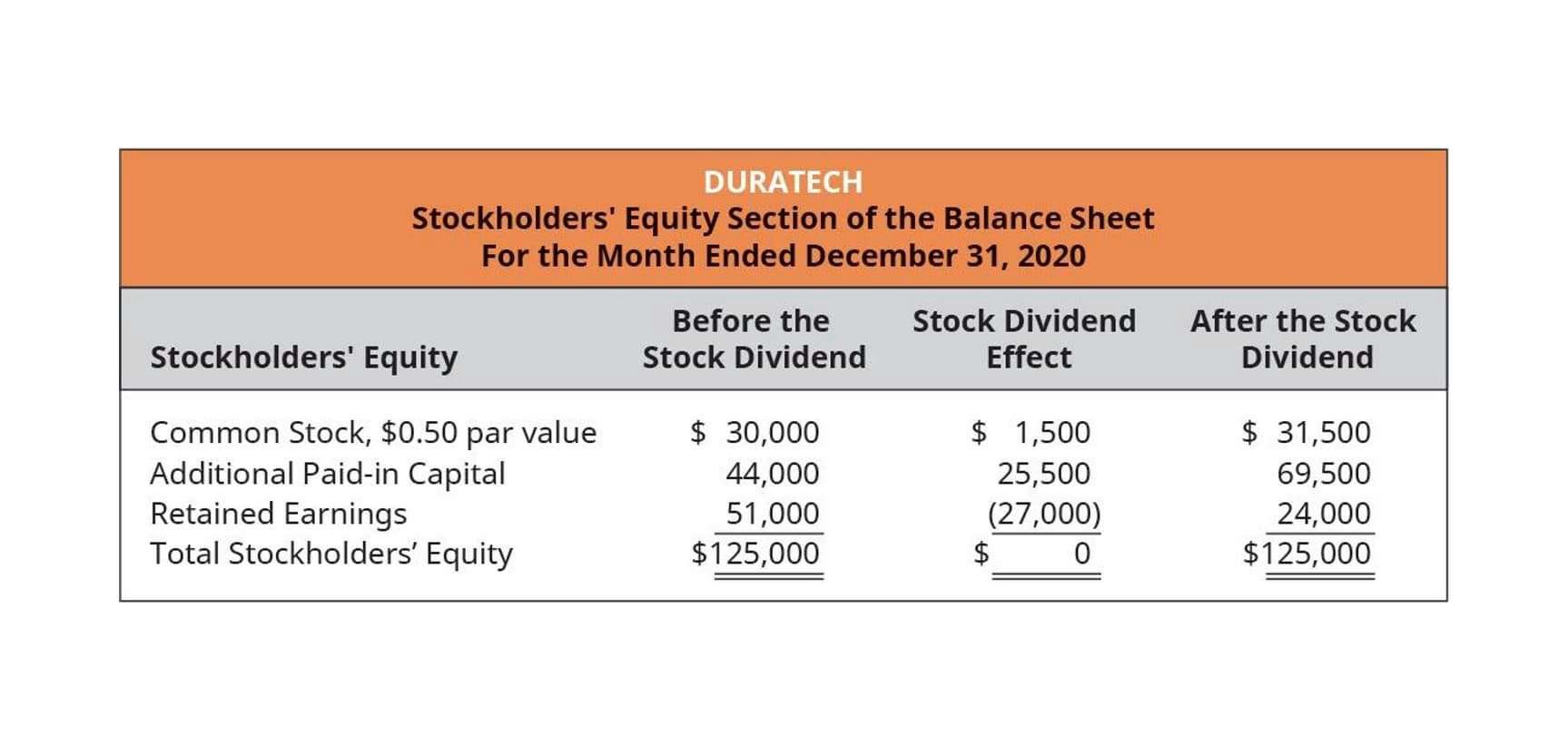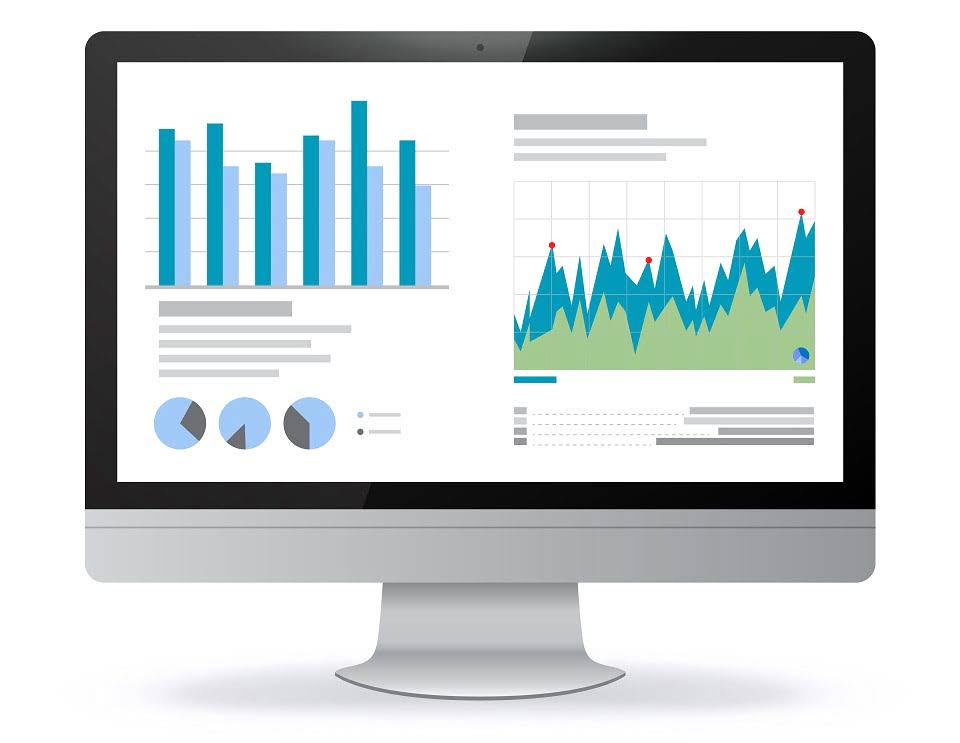- Gen 26, 2022
- Prova Prova
- 0

Optimizations can then be made to reduce the possibility or impact of excessive inventory. Proper cash flow analysis gives managerial accountants and administrators a chance to optimize the flow of cash within a company. Because managerial accounting is not for external users, it can be modified to meet the needs of its intended users. For example, managers in the production department may want to see their financial information displayed as a percentage of units produced in the period. The HR department manager may be interested in seeing a graph of salaries by employee over a period of time.
- Information such as return on equity, debt to equity ratio, and total return on invested capital helps a company to properly manage the exploitation and repayment of financial leverage.
- The controls that were put into place to coordinate the implementation of a particular company plan must be evaluated so that success can be measured, or corrective action can be taken.
- On the other hand, managerial accounting does not have to fulfill any form of general standards.
- Financial accounting deals with the long-term financial decisions an organization may make.
- A managerial accounting system is more suitable for bigger enterprises which are at the peak of growth.
Apply for Institute of Management Accountants (IMA) membership.

It contains all the costs for raw materials, overheads, and labor, among other additional costs in running a business. Some of these reports include budget managerial reports, account receivable aging reports, performance reports, and cost managerial accounting reports. Reports generated from managerial accounting are done relative to the budget of a company. These reports help a business to understand how to allocate costs to stay within a budget while maximizing productivity. Calculating the inventory turnover ratio helps companies to better determine the price of products and make better decisions on the production, marketing, and purchase of new inventory.

External links
Accounting is an important function that every business, irrespective of its size, should pay maximum attention to. Accountants and bookkeepers are responsible for compiling, measuring, and analyzing accounting records in the form of financial reports or statements for companies. Inventory turnover analysis measures the inventory a company sells and replaces within a set period. This includes increased job opportunities, higher annual earnings, and distinction within your industry. Financial accountants report profits and losses, issue earnings projections, and otherwise produce facts and figures that third parties (e.g., stockholders) are likely to encounter in an annual report.

Controllers
Budgeting often includes both financial data, such as worker pay rates, and nonfinancial data, such as the number of customers an employee can serve in a given time period. Consistent with other roles in modern corporations, management accountants have a dual reporting relationship. Financial leverage refers to a company’s use of borrowed capital in order to acquire assets and increase its return on investments. Through balance https://www.bookstime.com/ sheet analysis, managerial accountants can provide management with the tools they need to study the company’s debt and equity mix in order to put leverage to its most optimal use. Managerial accounting also involves reviewing the constraints within a production line or sales process. Managerial accountants help determine where bottlenecks occur and calculate the impact of these constraints on revenue, profit, and cash flow.
- Due to this, the strength or weakness of accounting decisions made depends solely on the quality of basic records.
- A company’s control over bottlenecks has a direct correlation to profitability, so this is a big one.
- Standards relating to managerial accounting vary, not just from company to company but, even between departments within a company.
- It allows businesses to identify and reduce unnecessary spending and maximize profits.
A managerial accountant may run different scenarios by the department manager depicting the cash outlay required to purchase outright upfront versus the cash outlay over time with a loan at various interest rates. Constraint analysis helps companies run more smoothly and efficiently by identifying errors in the production of goods and services. Managerial accountants may use data like cash flow, revenue, and profits to identify problems in the flow and cost of production, which affects profitability.
For example, the goals might be stated in terms of percentage growth, both annually and in terms of the number of markets addressed in their growth projections. In business, financial accounting refers to the act of recording a company’s financial transactions, which are typically examined by investment banking analysts and shareholders of public corporations. A separate practice known as managerial accounting refers to the discipline of record-keeping with an eye towards budgeting and performance measurement, typically conducted by managers. Unlike financial accounting, which focuses on reporting financial information to external parties like investors and regulators, managerial accounting focuses more internally and supports internal decision-making processes.
Managerial accounting is the process of analyzing, interpreting, and measuring an organization’s financial processes. This type of accounting uses data to help provide leaders with insight for strategic financial definition of managerial accounting planning that aligns with that organization’s goals and business objectives. In managerial accounting, the main focus will be on financial decisions that affect the internal workings of a company.

Managerial accountants need to analyze various events and operational metrics in order to translate data into useful information that can be leveraged by the company’s management in their decision-making process. They aim to provide detailed information regarding the company’s operations by analyzing each individual line of products, operating activity, facility, etc. Additional products are added to determine the unit volume that makes the total sales revenue equal to the total expenses.
